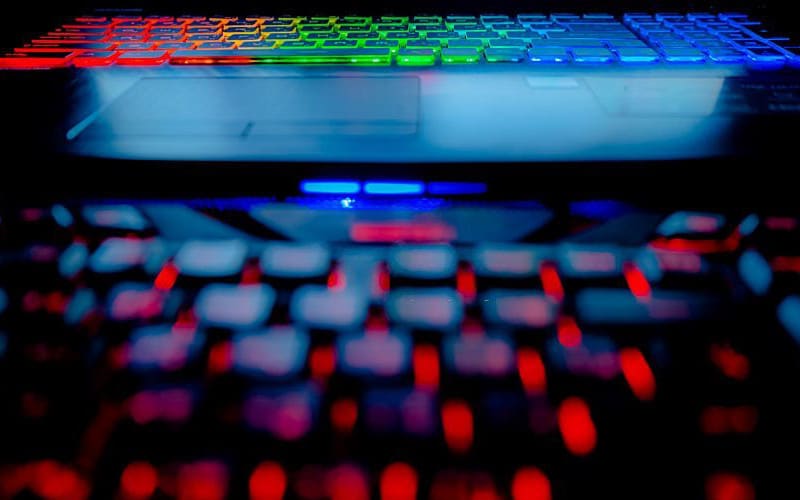When saving your images, you can choose between two formats: PNG 8 or PNG 24. But which one is superior? The answer to that question depends on the use of your image and what kind of data loss you’re willing to accept.
In this blog post, we will discuss the differences between these two file formats so that you can decide which one is best for your needs.
What is PNG?
The PNG (Portable Network Graphics) file format was introduced in 1996 to replace the GIF image format. The PNG format is a raster graphics file format that uses lossless compression, meaning no data is lost when the image is compressed and decompressed.
This makes it an ideal choice for images that need to be displayed on the web, resulting in smaller file sizes than many other image formats.
There are two types of PNG images: PNG8 and PNG24. The difference is the number of colors displayed in the image.
What is PNG 8 Format?
For example, when you need a smaller file on the web, where storage space is limited and loading times can be long, try using PNG-8. PNG-8 supports 8-bit colors, meaning it has only 256 colors but will fit into most projects without issues.
If you require high-definition quality for your images, such as true color instead of the usual GIFs or JPEGs (which don’t always maintain their original resolution), then we suggest using PNG-24 images.
What is PNG 24 Format?
The PNG 24 supports 24-bit color, which contains up to 16 million colors. Like JPEG, it preserves subtle variations in brightness and hue found only in photographs, making these graphics files an excellent choice for keeping photos with rich detail.
However, these high-quality images come at a higher price because they take up more storage space on your computer’s hard drive (in addition to having large files).
What is the Difference Between PNG 8 and PNG 24?
PNG 8 images can only display 256 colors, while PNG 24 images can display up to 16 million colors.
Because the PNG 8 format is designed for displaying images on the web, it typically doesn’t lose too much data and results in a smaller file size. The PNG 8 format is also ideal for images with many text or sharp edges, as these images tend to compress well.
Because lossless compression takes up more space than lossy compression, the file size of a PNG 24 image will be larger than that of a PNG 8 image. The benefit is that you will not experience any degradation in the quality of the image, so it’s important to consider your situation and decide which type of compression will best suit your needs.
PNG 8 vs PNG 24: Which is Better?
The answer to that question depends on the use of your image and what kind of data loss you’re willing to accept. For example, if you are designing an image with small text, a 256-color palette might work fine since there will be relatively few colors.
However, if you create an image with many colors, you will need the additional color depth that PNG 24 provides.
Although PNG 24 is typically a more suitable format for most images, there are certain circumstances where the smaller and lighter size of PNG 8 can be advantageous, such as websites that need to prevent loading issues due to large file sizes.
Does PNG 8 Have Transparency?
PNG 8-bit color formats provide a way to have transparency in images that go beyond one single color. GIF only provides this option with one color.
Is PNG 24 Lossless?
When preserving the quality of digital images, the PNG 24 format proves to be a remarkable choice. This raster graphics file type utilizes a lossless compression technique, ensuring no valuable information is lost or discarded while compressing or decompressing the image.
As a result, the integrity of the image is maintained, making it an ideal option for those looking to display crisp, high-quality visuals on the internet.
What sets PNG 24 apart from other formats is its ability to balance maintaining image quality and reducing file size, making it visually appealing and friendly to bandwidth constraints.
Is PNG 24 Higher Quality Than JPEG?
PNG and JPEG are the two most popular file formats regarding image quality. However, PNG 24 is the way to go if you want your images to pop. With its ability to support greater bit depths, up to 48-bit true color, PNG 24 offers unmatched clarity and detail compared to JPEG.
When exporting images for the web on Photoshop, you can save them as either PNG-24 or PNG-8. While PNG-8 creates smaller file sizes, it sacrifices some of the image’s quality. If you want your images to leave a lasting impression, then PNG 24 is the better choice.
Conclusion
Now that you know the difference between PNG 8 and 24, you can choose the best format for your needs. Generally, PNG 24 is superior to the more limited format of PNG 8; however, there are certain situations in which it can be beneficial.
For images with a large number of colors, PNG 24 is the best option, while for images with small text or limited color palettes, PNG 8 may be a better choice.






